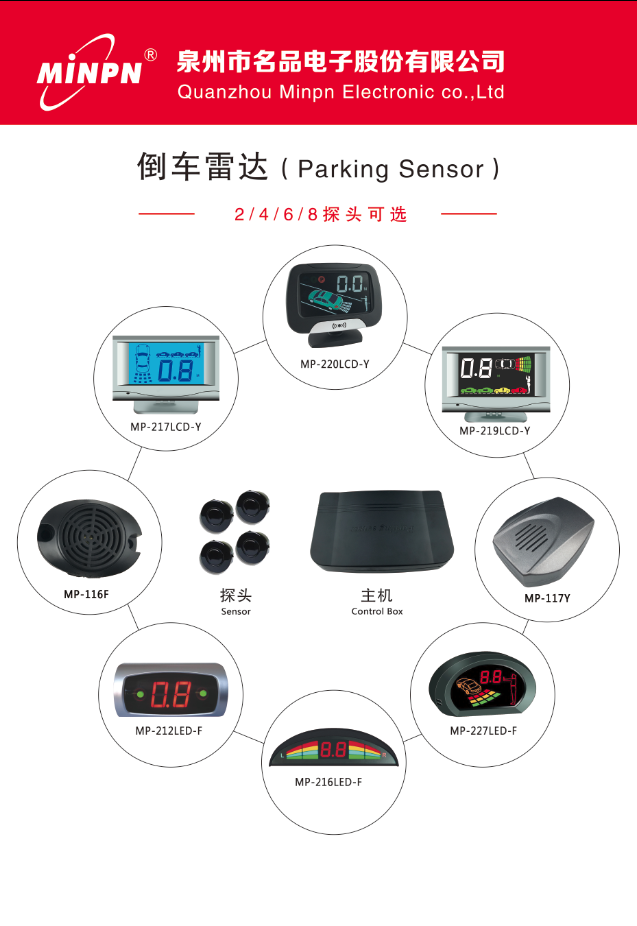Ultrasonic Sensors FAQ-1
Q: What is an ultrasonic sensor?
Ultrasonic sensors are industrial control devices that use sound waves above 20,000Hz, which is beyond the range of human hearing, to measure and calculate the distance from the sensor to a specified target object.
Q: How do ultrasonic sensors work?
The sensor has a ceramic transducer that vibrates when electrical energy is applied to it. The vibration compresses and expands air molecules in waves that travel from the sensor face to the target object. The transducer sends and receives sound. An ultrasonic sensor will measure distance by sending out a sound wave, then “listening” for a period of time, allowing the return sound wave to bounce off the target, and then retransmitting.
Q: When to use ultrasonic sensors?
Since ultrasonic sensors use sound as the transmission medium instead of light, they can be used in applications where optical sensors cannot. Ultrasonic sensors are a good solution for transparent object detection and level measurement, which are challenging for photoelectric sensors due to target transparency. Target color and/or reflectivity do not affect ultrasonic sensors which can operate reliably in high glare environments.
Q: When should I use an ultrasonic sensor, compared to an optical sensor?
Ultrasonic sensors have an advantage when detecting transparent objects, liquid levels, or highly reflective or metallic surfaces. Ultrasonic sensors also work well in humidity environments because water droplets refract the light. However, ultrasonic sensors are susceptible to temperature fluctuations or wind. With optical sensors, you can also have a small spot size, fast response, and in some cases, you can project a visible light dot on the target to help with sensor alignment.


 0086-0595-22418756
0086-0595-22418756
